When Doctor Hogg went to Hereford
Through ever-bigger displays, Victorian England studied its apples.
Reverend Charles Bulmer met Doctor Robert Hogg at the Bath & West Show in June 1876 and invited the Doctor to visit Hereford that autumn to see a display of apples and pears.
Dr Hogg was among the world’s leading apple experts of the time, Secretary of the Royal Horticultural Society in London, and the driving force of the Society’s Fruit Committee. He published many horticultural books and edited the Journal of Horticulture and Cottage Gardener. Hogg’s main work was his ‘Fruit Manual’ which by its fifth edition in 1884 formed a comprehensive 759-page record of fruit varieties for head gardeners and commercial growers.
Rev Bulmer was vicar of Credenhill, a village near Hereford. An active member of Herefordshire’s Woolhope Naturalists’ Field Club, he had a particular enthusiasm for roses, apples, and pears, and often featured in Hogg’s Journal. His perry won second prize at the Bath & West Show.
Members of Herefordshire’s Woolhope Naturalists’ Field Club had noticed the neglect of orchards and the fruit being unmarketable.
“celebrated as Herefordshire is for its orchards, it was remarkable that so few of the best varieties of apples should appear in the markets, or in the fruit shops, of Hereford ”
Comment during Woolhope Club Fungus Foray 1872
The Club began collecting and exchanging apple varieties, and grafts of the best apple varieties were sent from the Royal Horticultural Society’s garden in London in a bid to improve fruit quality.
“We owe it to those who come after us to maintain and strengthen our title to the garden of England”
Rev James Davies, Woolhope Club President 1873
On 14th October 1875, in Hereford, the Woolhope Club held its first exhibition of apples and pears to begin to correctly identify the varieties growing locally and to “recommend the cultivation of fruits of greater excellence in the place of existing kinds of an inferior quality”. That first display featured some 128 apples and 62 pears.
The exhibition the following year, which Dr Hogg attended, was a larger affair of 637 apples and pears.
“Dr Hogg came to Hereford and was fairly astonished to see at once so many kinds of apple that were new to him. Many were sent to be named, and he could not name them, for they had no names.”
Woolhope Transactions 1876
Hogg was so impressed that he offered his help to compile a pomona to record the apples and pears worthy of cultivation.
The ensuing ‘Herefordshire Pomona’ was initially issued to subscribers in annual instalments from 1878, with Dr Henry Bull of the Woolhope Club as general editor and Dr Hogg as technical editor.
In 1885, 600 copies of the complete work were bound into two volumes.
“a book pronounced by those best able to judge, the most perfect and thorough and artistically beautiful work ever published on the subject.”
Woolhope Transactions 1884
It featured both local fruit and the best new varieties and text based upon Hogg’s ‘Fruit Manual’. Hogg’s fondness of outline tracing of fruit may be why the ‘Pomona’ contains line cross-sectional illustrations of each variety drawn by Dr Bull.
Rev Bulmer contributed a paper ‘The Orchard and its Products, Cider and Perry’ in which he advocated factories to improve cider production and, in turn, orchards.
Hereford’s annual fruit exhibitions became more extensive, Dr Hogg returning regularly to judge. By 1883 the display was so large that it had to be held in the City’s Shire Hall where some 2,500 plates of fruit were displayed and, due to lack of space, a further thousand more cider and perry pears “had to be grouped in admired disorder.” People travelled across the country to exhibit and attend.
The ‘Pomona’ features lavish chromolithograph plates from watercolours recording in exquisite detail fruit selected from these annual exhibitions under Dr Hogg’s guidance. There are 262 apples and 169 pears nearly all painted by two young women artists. Alice Blanche Ellis was a Bloomsbury School of Art gold medal winner who had moved to Hereford from London and Edith Elizabeth Bull was Dr Bull’s daughter.
“…together, these two ladies have worked most perseveringly…”
Introduction to the Herefordshire Pomona
In London, the success of the Hereford shows and the Herefordshire Pomona had not gone un-noticed. On a national scale, the Royal Horticultural Society was addressing a need to professionalise UK apple growing in the face of a farming crisis and imports of high-quality American apples. As in Herefordshire, this required a clearer understanding of the best apple varieties. Taking advantage of a bumper apple crop in 1883, the Royal Horticultural Society organised its own apple display at very short notice. The National Apple Congress in Chiswick Gardens was an astounding success, 236 exhibitors, particularly from country estates, provided an unparalleled 10,150 dishes of apples. Checking these apples identified many synonyms for the same fruit – a total of 1,545 varieties were listed which were classified by purpose, ripening season, size, shape, surface texture and colour.
“Never before had so many varieties been brought together in one place, and probably never will be again.”
Joan Morgan
Exhibitors were also asked about the most popular apples in their region, the best dessert apple was assessed to be King of the Pippins, followed by Cox’s Orange Pippin, and Ribston Pippin.
Such information helped farmers and market gardeners decide what apple trees to plant to serve the valuable fresh fruit market.
The National Apple Congress in October 1883 caught the public mood and had to be extended by a week. Railway companies offered cheap tickets so that working class people could attend.
Together, the ‘Herefordshire Pomona’ and National Apple Congress helped to identify, classify, commercialise, and popularise apples.
“the most important of our national fruit”
Archibald Barron
By accepting Rev Bulmer’s invitation to Hereford, Dr Hogg catalysed a chain of events that placed Herefordshire at the centre of the nineteenth century pomological world with its apple displays and the publication of the ‘Herefordshire Pomona’. Soon afterwards, Rev Bulmer’s two sons set up a cider factory in Hereford that became the world’s largest cider maker – and Herefordshire is still blessed with more orchards than any other county in the UK.
Sources:
- Hogg and Bull (1876-1885) The Herefordshire Pomona www.biodiversitylibrary.org
- Morgan and Richards (2002) The New Book of Apples
- Morgan (2012) Orchard archives: the National Fruit Collection. Occasional Papers from the RHS Lindley Library PDF Download
- Woolhope Naturalists’ Field Club Transactions 1873 – 1884 Woolhope Club Website
Thanks to:
- Dr Joanna Crosby
- Dr Joan Morgan
- Thomas Rogers, Hon. Librarian, Royal Bath & West of England Society
- David Whitehead, President, Woolhope Naturalists’ Field Club
- The library staff at the RHS Lindley Library in London

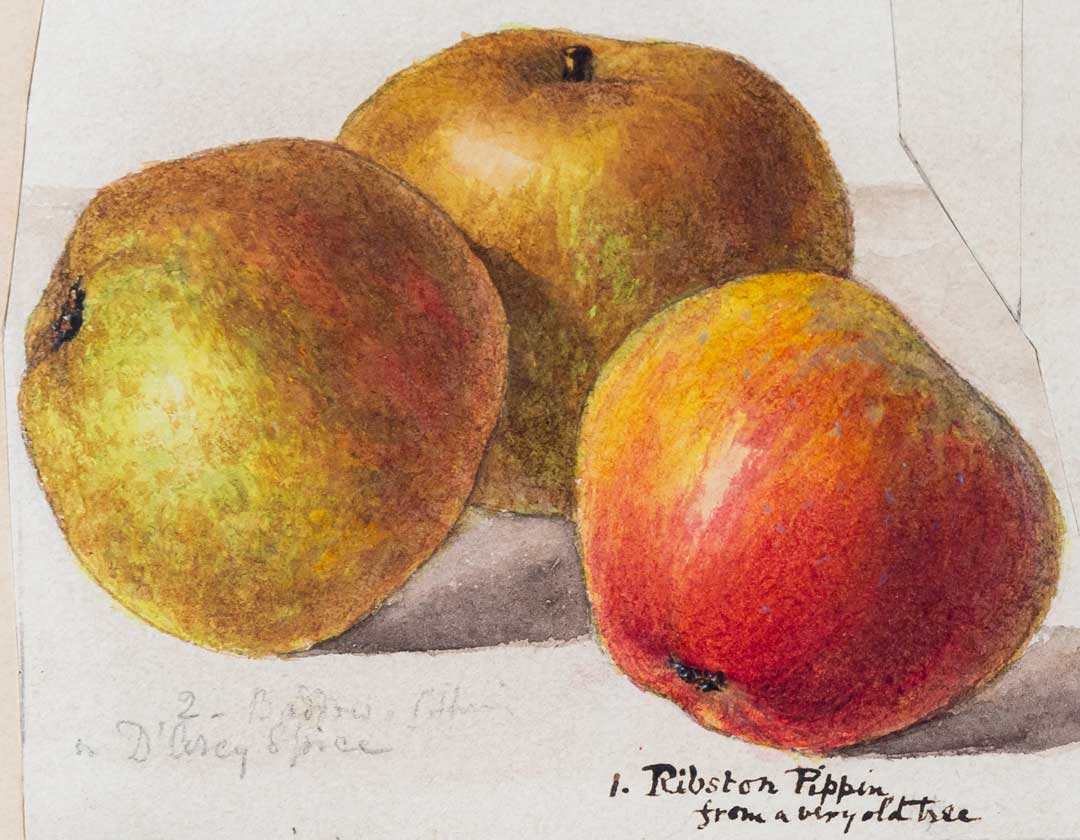



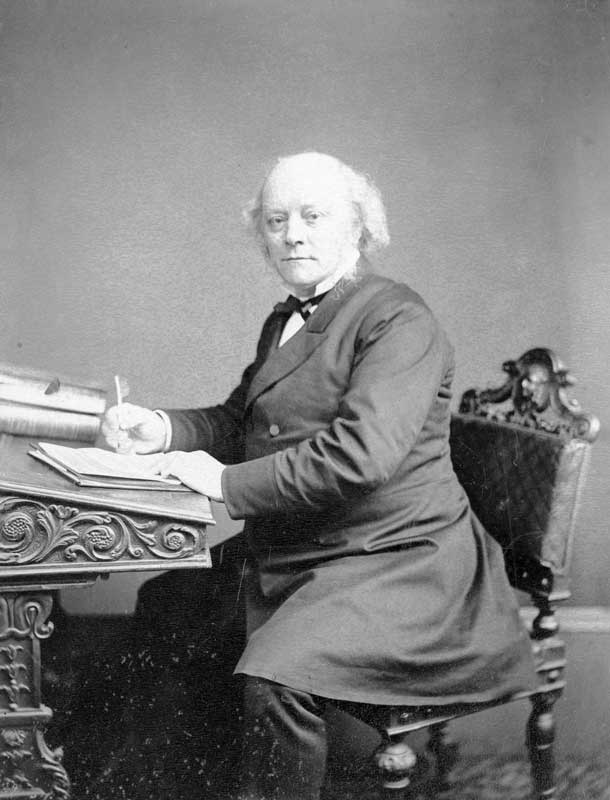


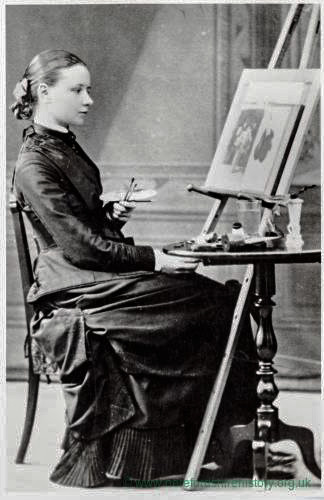
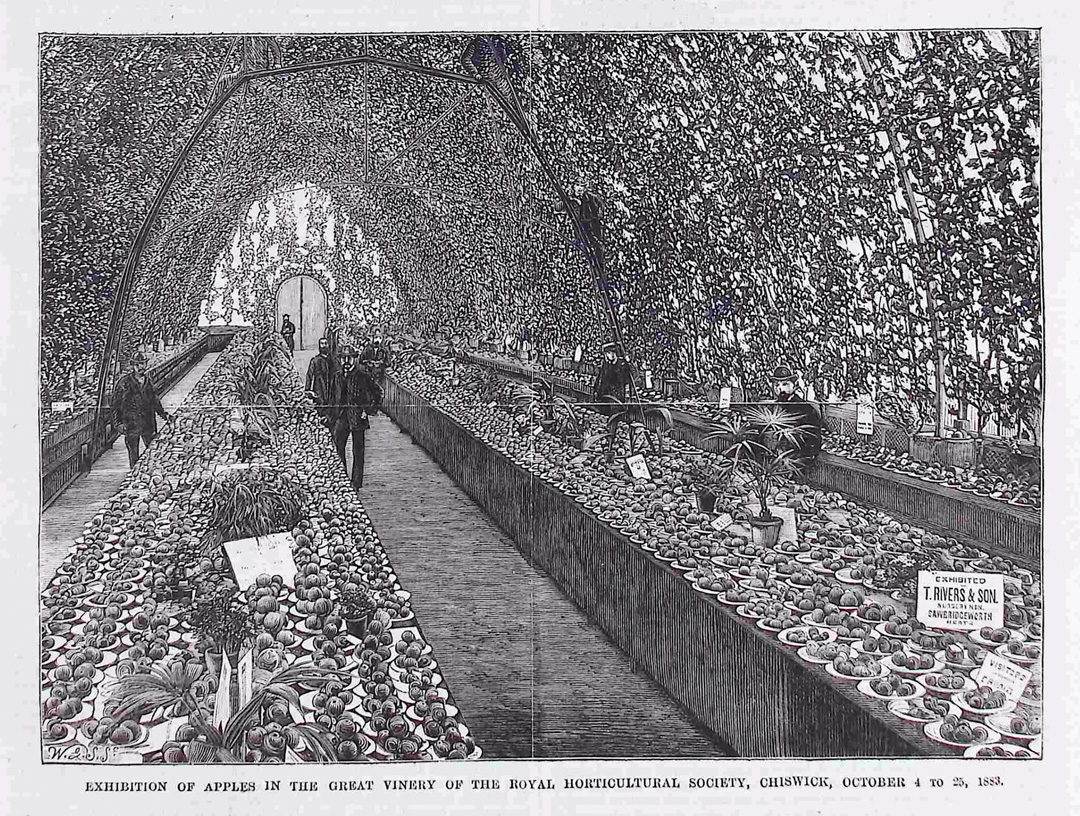
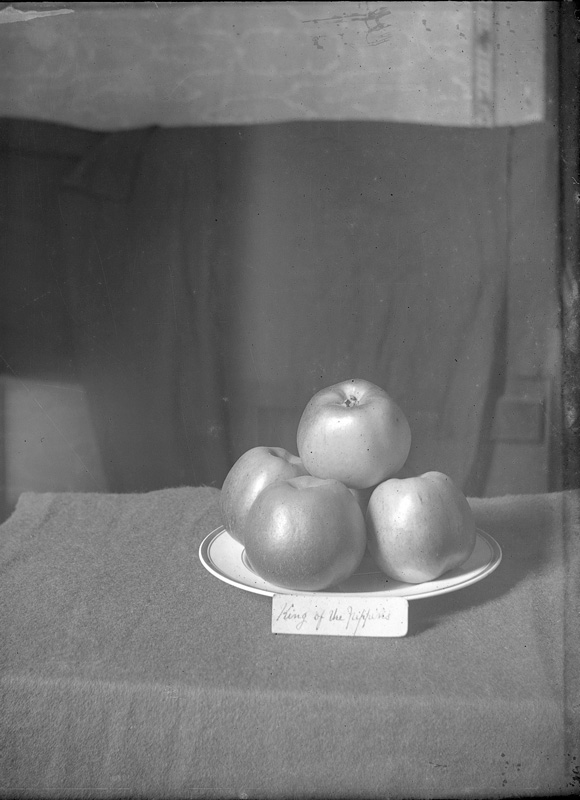





 Underground Root Laboratory 2013 © NIAB EMR
Underground Root Laboratory 2013 © NIAB EMR